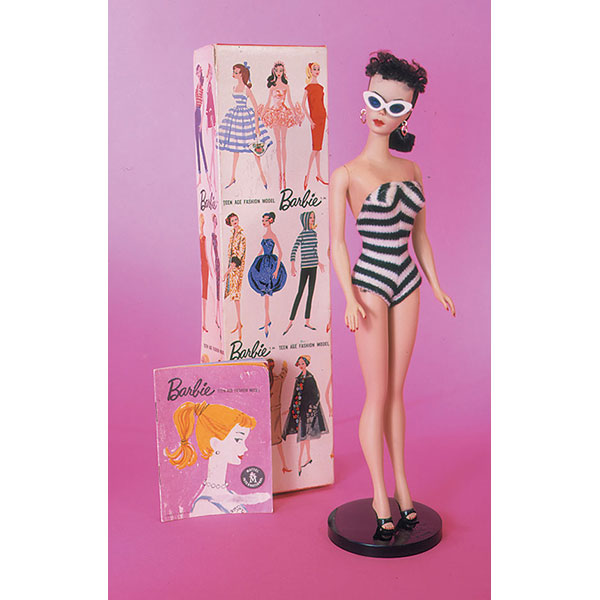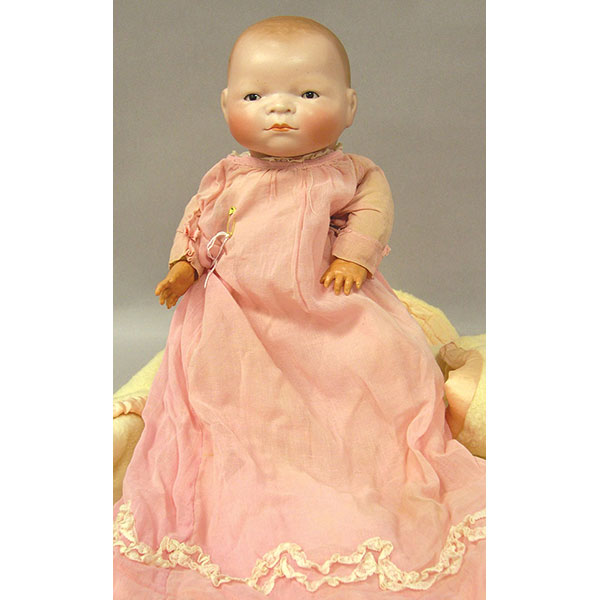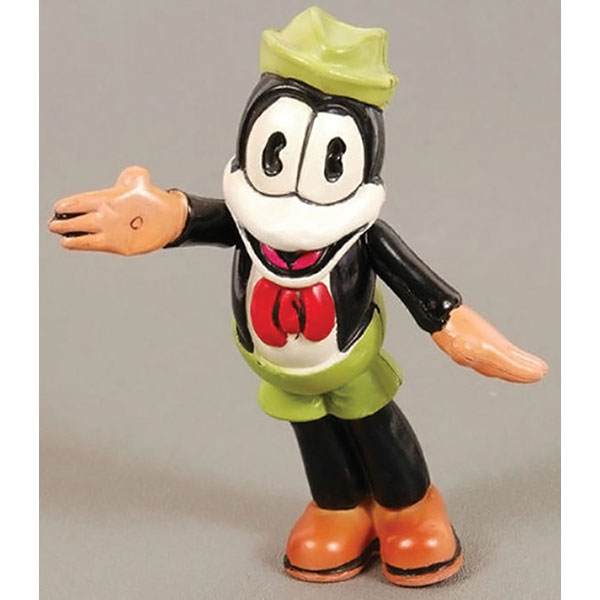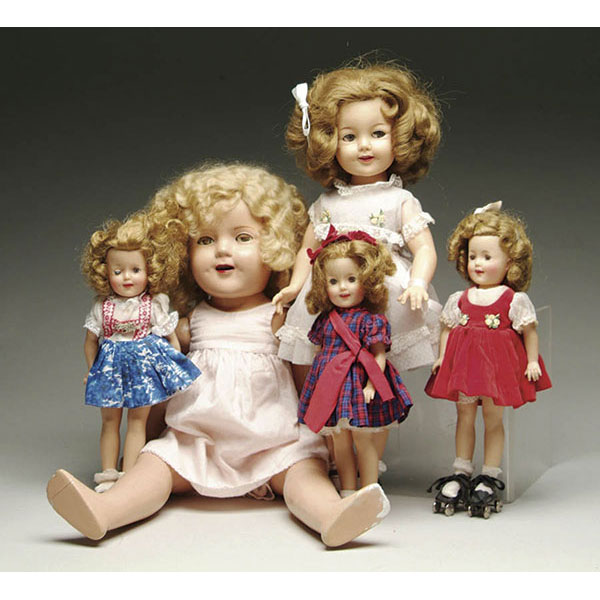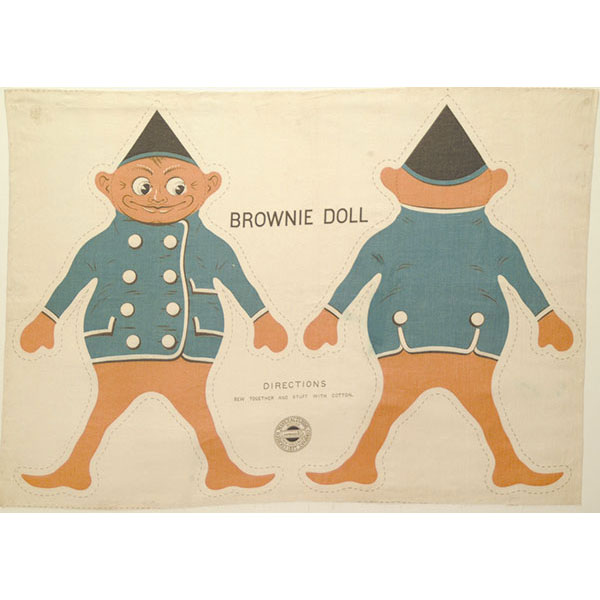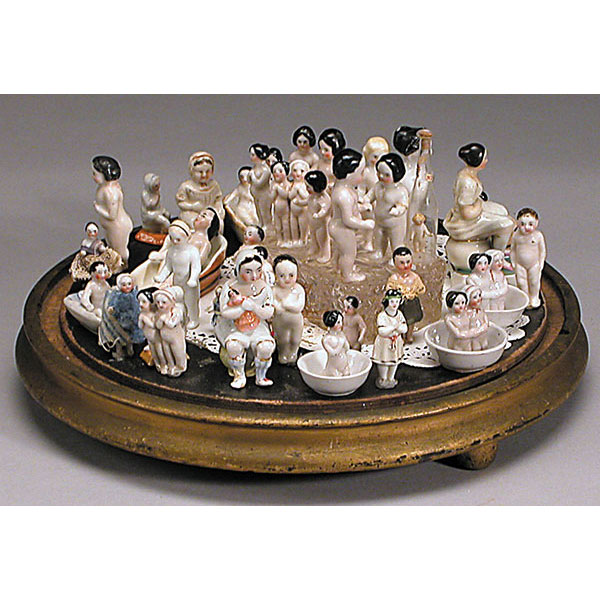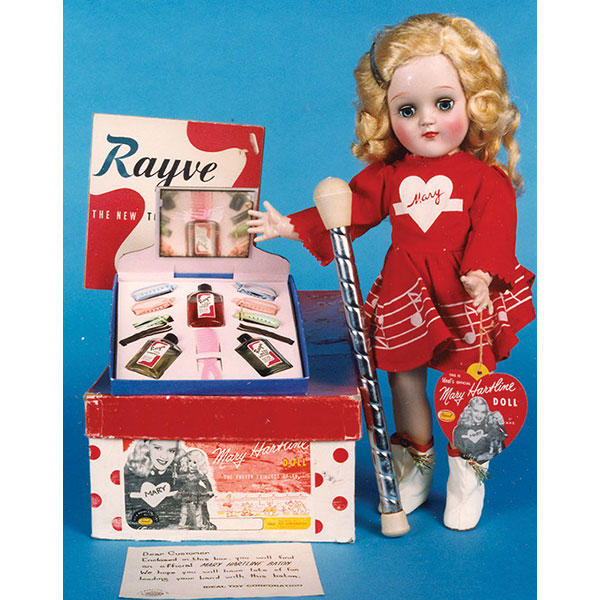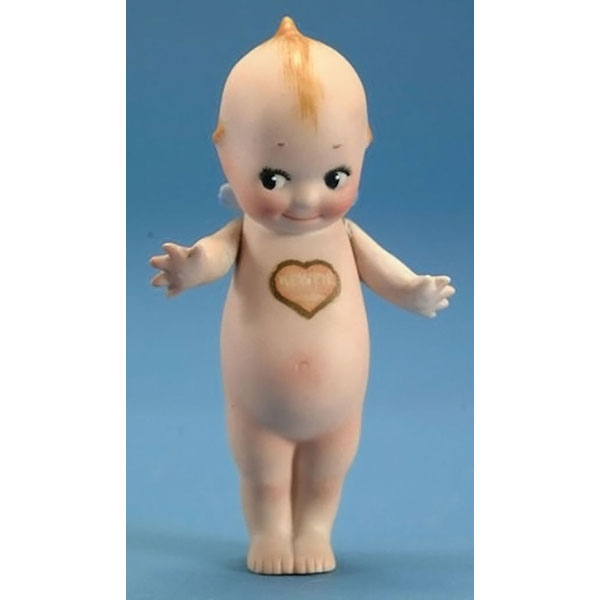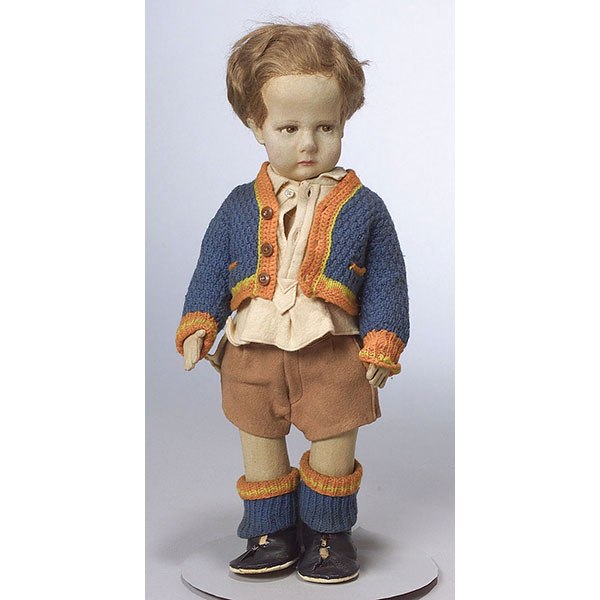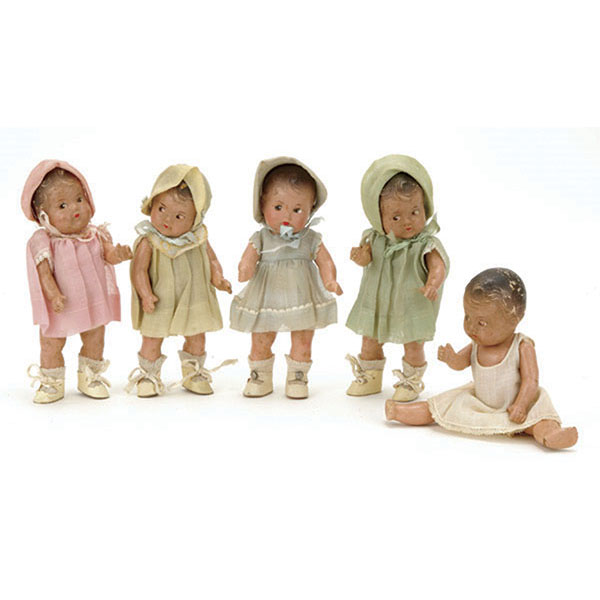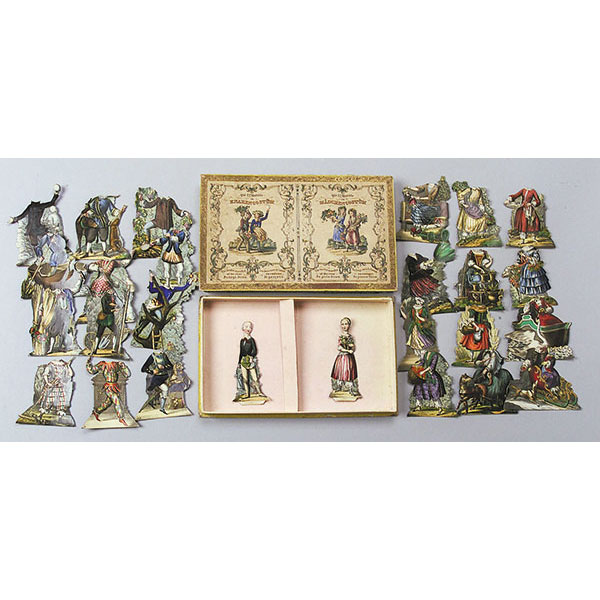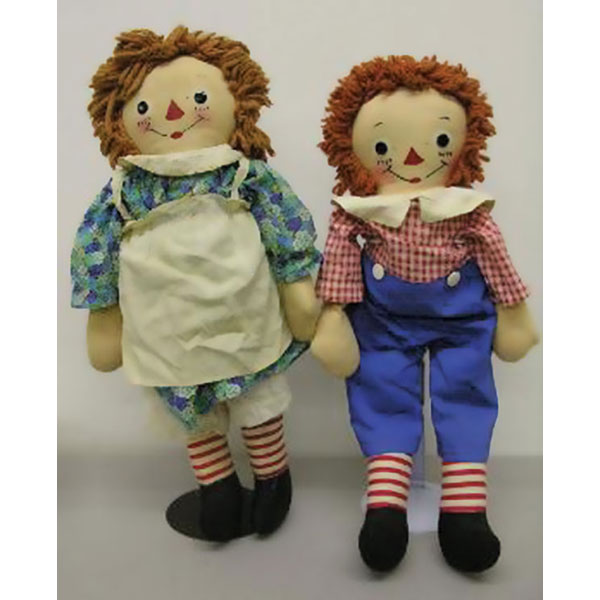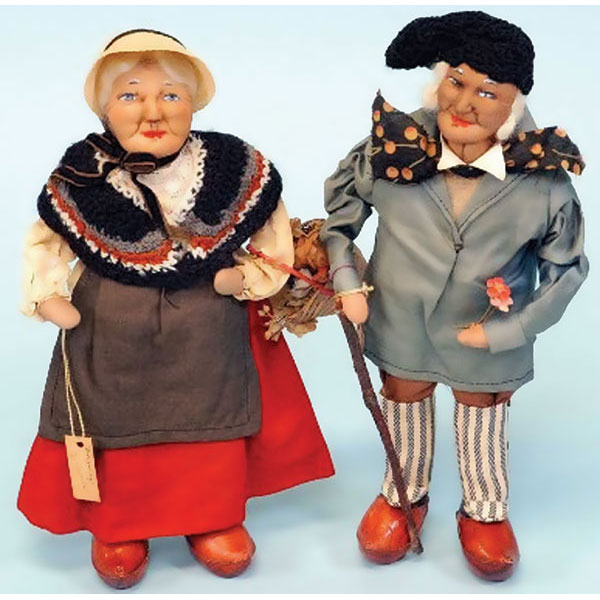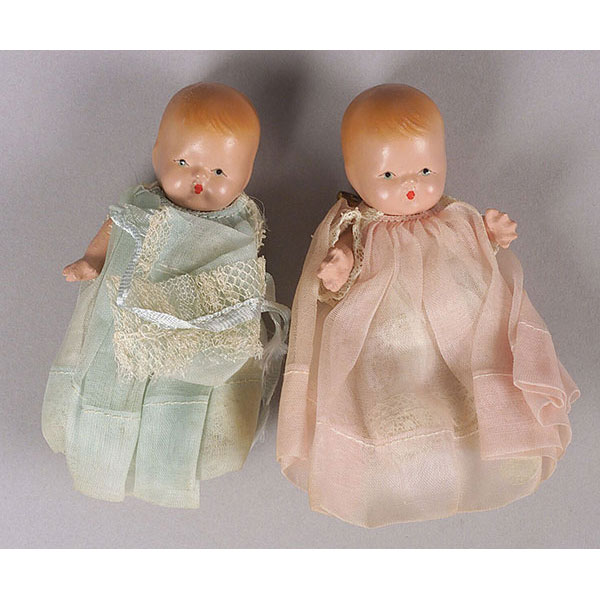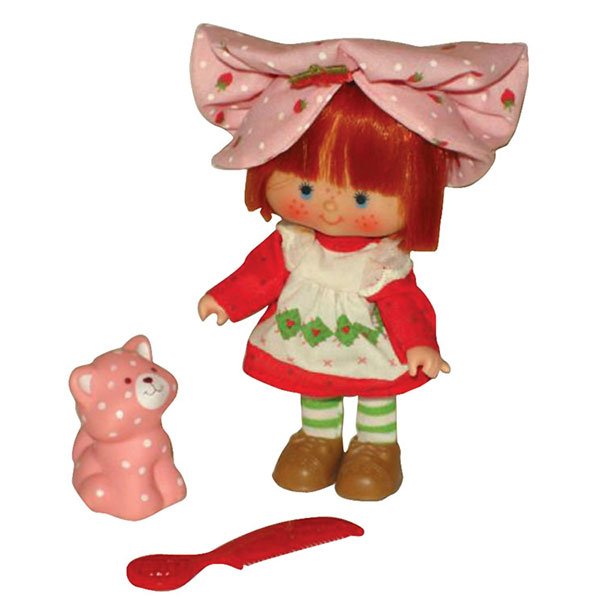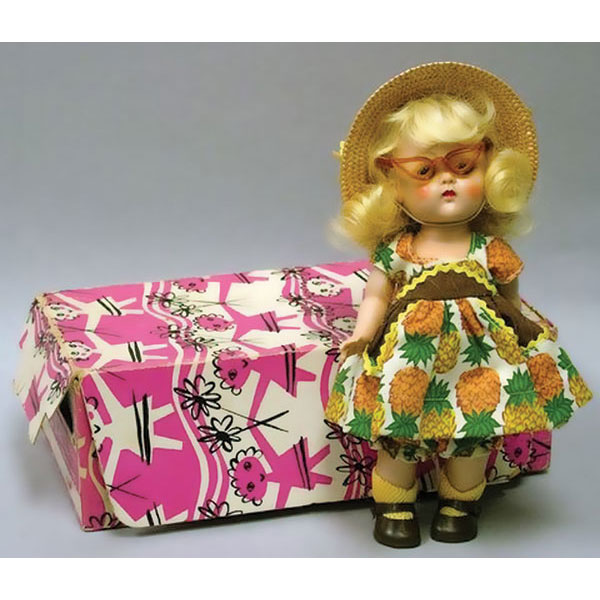Identification Guides
Dolls
Dolls have been saved for many centuries. A perfectly preserved doll may appear in a box in the attic along with almost-destroyed metal toys or well-worn stuffed animals. Collectors have searched for and purchased nineteenth-century dolls for years. Now prices often reach thousands of dollars for a single rare doll. Twentieth-century dolls are in greater supply, so there are still many opportunities for the astute collector with a smaller budget. Modern dolls that were expensive when new probably are still expensive when compared to dolls that were originally medium- or low-priced big-volume sellers.
The first sad doll was Poor Pitiful Pearl (c.1957), the first true-to-life baby doll was the Bye-Lo (1922), the first physically developed teen girl doll was Barbie (1959), and the first anatomically correct male doll was Baby Brother Tender Love (early 1970s). Some dolls are best known by the maker’s name, some for the famous personalities they portray.
According to the import laws of the United States, any doll brought into this country after 1891 had to be marked with the country of origin. If a doll’s head has the name of a country printed on it, it was most likely made after 1891.
The china head doll is the most familiar type of antique doll. It is a doll that usually has a leather or fabric body and a glazed ceramic head with painted hair, eyes, and lips. The doll’s head was sewn to the body using holes at the base of the neck. Machine stitching of the doll’s body could not have been done before about 1850, when the sewing machine was invented.
The age of a china head doll can be determined with some degree of accuracy from the hair style. The doll with curls on the neck was made about 1840, short curls about 1850, and the chignon style about 1860. Dolls with brown eyes are rare, and blue eyes can be found in various shades. Collectors like blonds, because fewer blond dolls were made. A doll head that includes a molded hat is also more valuable.
Bisque is unglazed porcelain, and doll collectors differentiate the types of doll heads, glazed and unglazed, by calling one china and the other bisque. This may confuse the novice, but learn the proper “doll word” if you plan to collect.
The large (20 inches or taller) doll with a bisque head and a wig of human hair or mohair was popular during the nineteenth century, and it is one of the most expensive antique dolls today. Most of the bisque and china head dolls were made in Germany or France. Some European dolls were marked with a factory name or symbol. Some porcelain factories made plates, bowls, and china doll heads. Check the marks on a doll’s head in a book of porcelain marks, as well as in books about dolls because some porcelain factories made plates and bowls, as well as china doll heads.
Beginning in the 1850s, doll makers began producing bébés, dolls that represented young children rather than adults. French bébés were especially popular from the 1860s to the 1880s. They were beautifully dressed and expensive. Then in the 1890s, German manufacturers began to make less expensive (and poorer quality) bébés and took much of the market away from the French.
Child and baby dolls made by German firms after 1880 until 1915 looked like “perfect children.” These “dolly-faced” dolls had rosy cheeks, a tiny smile, and long, curly hair. They were a product of the Victorian era, when idealized beauty won out over reality.
By the turn of the twentieth century, German psychologists were urging society to look at children as “real people.” So the “character doll” whose face looks like a real baby or child, was born. In fact, the dolls’ faces were modeled after real children, often those of the designer. The character dolls wore everyday clothes, not lace and fancy dresses.
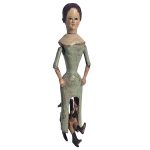 What a clever way to make a walking doll! This early nineteenth-century doll has seven legs around a wheel. Run the legs on the floor and it looks as if the doll is walking. What a clever way to make a walking doll! This early nineteenth-century doll has seven legs around a wheel. Run the legs on the floor and it looks as if the doll is walking. Photo: Theriault's |
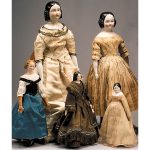 Dolls can be dated by the style of the head and the hair. The china doll head with deeply undercut curls is from the 1840s. The doll head with center-part hair and vertical curls is from the 1870s. The china doll head with unusual butterscotch-colored molded hair pulled back from the face is from the 1860s. The Lydia-type china head doll with center-part hair in twelve long curls is mid-nineteenth century. The turned shoulder head doll with the covered-wagon hairstyle is from the 1860s. Dolls can be dated by the style of the head and the hair. The china doll head with deeply undercut curls is from the 1840s. The doll head with center-part hair and vertical curls is from the 1870s. The china doll head with unusual butterscotch-colored molded hair pulled back from the face is from the 1860s. The Lydia-type china head doll with center-part hair in twelve long curls is mid-nineteenth century. The turned shoulder head doll with the covered-wagon hairstyle is from the 1860s. |
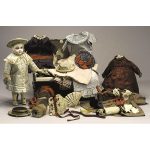 Some important and expensive French dolls had many changes of clothing. This French portrait Jumeau bébé has her original 1880s wardrobe and other pieces made by later owners. She even has hats, a muff, and a fan. Some important and expensive French dolls had many changes of clothing. This French portrait Jumeau bébé has her original 1880s wardrobe and other pieces made by later owners. She even has hats, a muff, and a fan. |
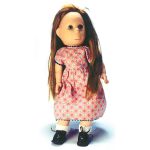 Poor Pitiful Pearl was the first sad doll. Her original clothes were a torn dress, a babushka, black stockings, and boots. She came with 'pretty" clothes—a party dress, white socks, and white shoes—so she could be transformed. Poor Pitiful Pearl was the first sad doll. Her original clothes were a torn dress, a babushka, black stockings, and boots. She came with 'pretty" clothes—a party dress, white socks, and white shoes—so she could be transformed. |
